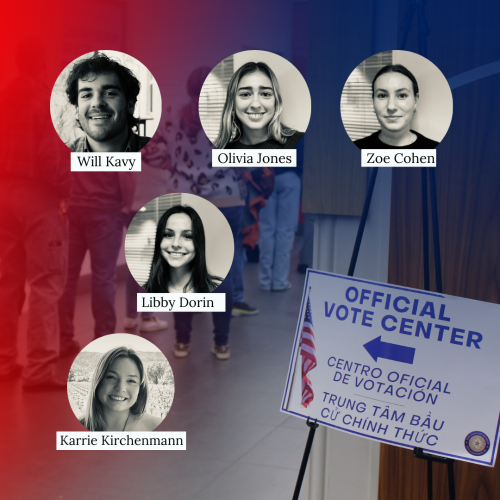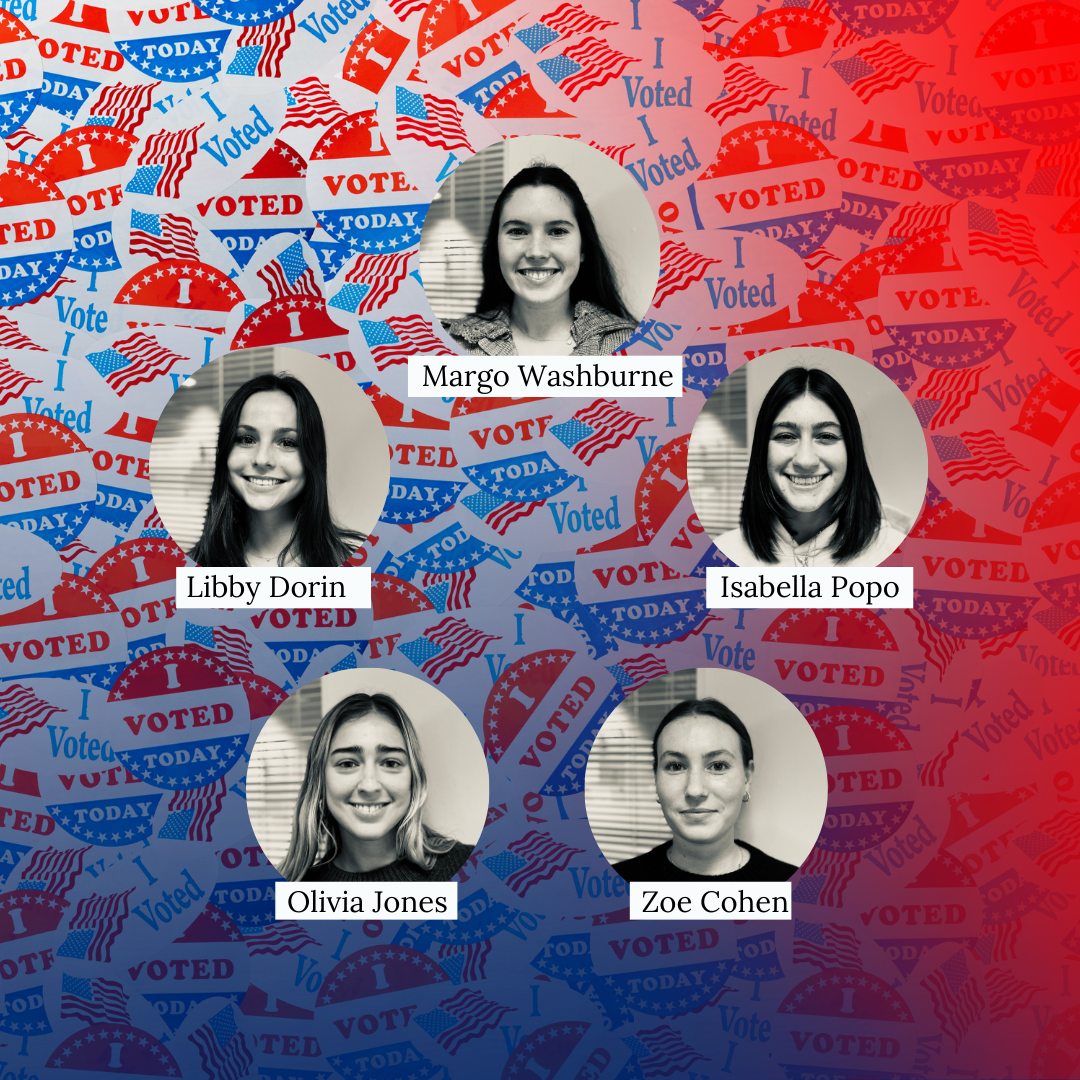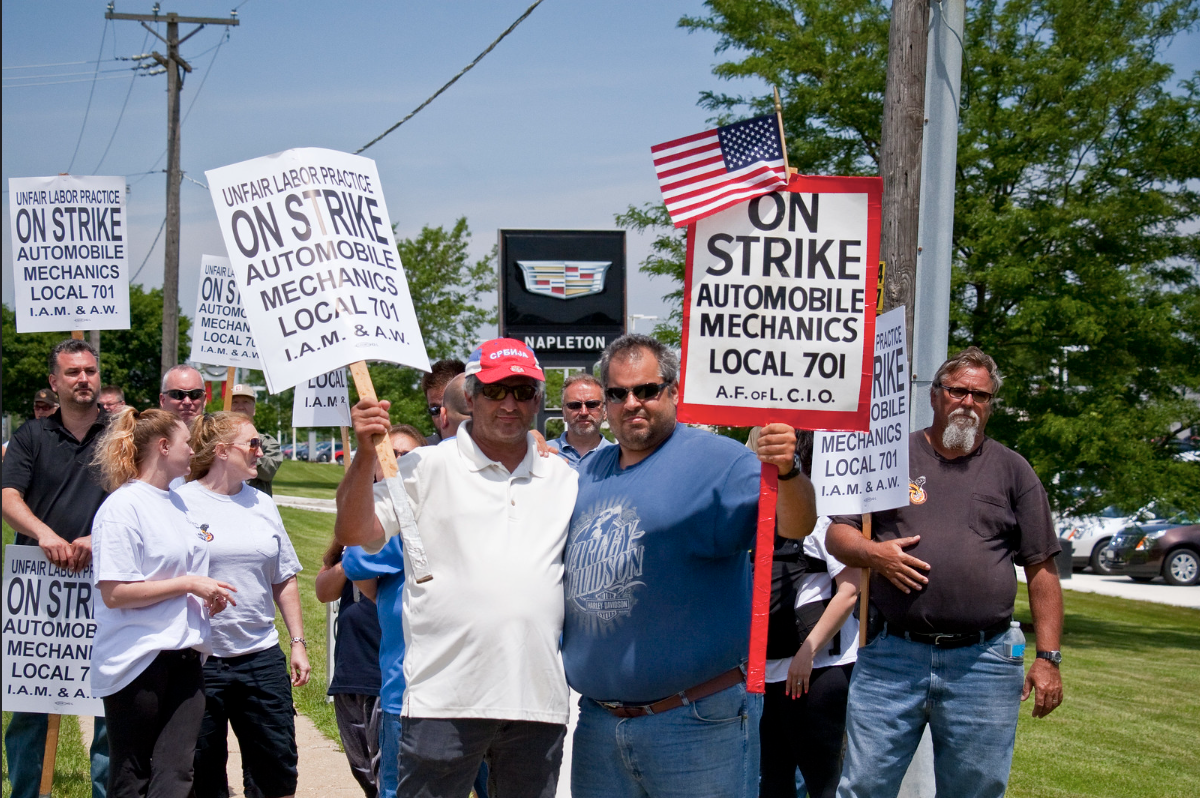This was a very close election, but Mitt Romney was ultimately unable to pull the upset and Barack Obama has won a second term. However, Republicans need not fret as the list of candidates they could have lined up in 2016 is a very impressive bunch.
Democrats are not likely to be as ecstatic as they were in 2008 as the status quo of gridlock is very likely to remain. The House of Representatives remains in control of the Republicans, and the Senate is likely to remain in control of the Democrats. Therefore, it is unlikely for any more progress to be made on President Obama’s agenda.
This should be comforting to Republicans as well – particularly those who are scared that President Obama will pass all the left wing legislation that he was hoping to pass in his first term.
The political reality is no better for him than it was these last few years, and so the gridlock should remain.
I suspect Republicans will be doing a lot of soul searching in the coming days and months as they try to figure out what went wrong. This election was supposed to be a slam dunk with the economy as bad as it is, unemployment as high as it is and GDP growth as low as it is. Americans supported a “Generic Republican Challenger” to Obama consistently. All the key data points of the election seemed to favor Romney. Republican enthusiasm and identification was way up over the last several months and polls showed him winning by double digits among independents – but clearly something went very wrong. What was it?
The first thing that would come to my mind is that Romney is simply not the kind of candidate who could do well in the Rust Belt. His CEO persona, which portrays him as very wealthy, out of touch and socially more moderate than most Republicans, doesn’t play well among the largely blue collar, working class voters in the Rust Belt. Because the Rust Belt has so many swing states, such as Pennsylvania, Ohio, Wisconsin, Michigan and to an extent North Carolina, Romney would underperform in these key states and therefore not do as well as another Republican otherwise would have.
Paul Ryan appealed only a little more to these voters than did Romney, but not enough to close the gap. Ryan is Catholic, grew up middle-class and is from a small town in the Rust Belt: Janesville, Wis. All of those traits should have helped Romney, but Ryan never felt like a blue-collar candidate. He never seemed like the kind of candidate who could be a steel worker. If anything, he seemed much more like an accountant. His nomination may have energized conservatives, but turned off some key demographics who were worried about his Medicare plan, such as voters between roughly 40 and 54 who would be most affected by his Medicare plan.
It could have been any number of things that went wrong for Romney, but Republicans have a strong bench of candidates in 2016 – much stronger than they had this year. Sen. Marco Rubio, Gov. Chris Christie, Gov. Susana Martinez and many others would all be very strong candidates in 2016. Gov. Jeb Bush would perhaps be the strongest candidate with the strong level of Hispanic support he would be expected to get. Sen. Rand Paul would likely take up the mantle from his father Ron Paul, but his stronger crossover appeal with more traditional Republican voters could give him a strong showing in 2016.
Republicans need not despair, and Democrats need not gloat. Not much seems likely to change these next few years. The status quo is likely to remain.
Keene is a junior majoring in political science, economics and public policy. He can be reached for comment at tkeene@smu.edu.








